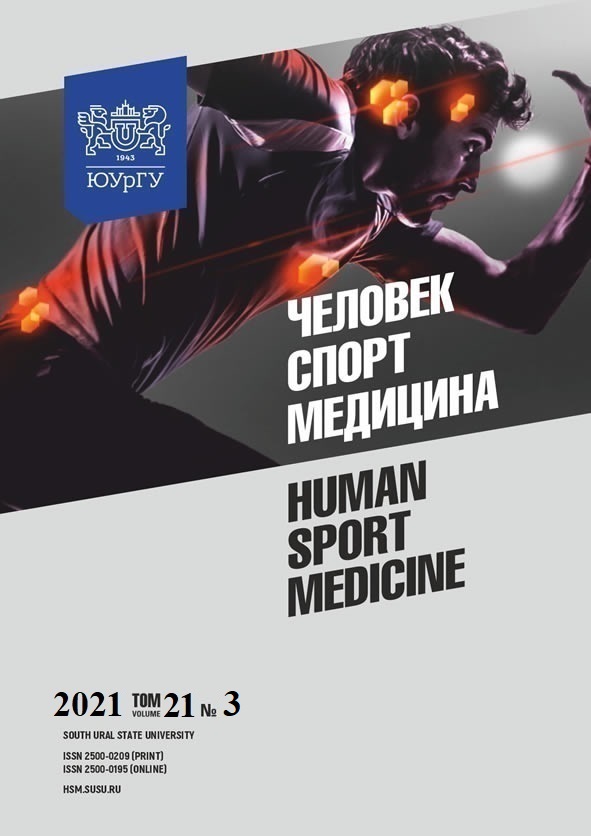MODEL VALUES OF SPECIAL TRAINING OF HIGHLY SKILLED ARCHERS
Abstract
Aim. The paper aims to assess the importance of center shots as a model of special training for highly skilled archers. Materials and methods. The protocols of 2019 competitions in archery (Archery World Cup – China, Archery World Cup – the Netherlands, European Games – Belarus, Archery World Cup – Germany, Archery Olympic Trials – Japan) were assessed. The total scores of prize-winners were calculated. All athletes were ranked depending on the maximum number of center shots and 10-point shots, which provide athletic success. Results. Significant indicators of special training of highly skilled archers were found. The analysis of the protocols of international competitions allowed to identify the importance of center shots in the training process. The so-called centrality control contributes to special training and ensures successful athletic performance in international competitions. The results obtained allowed to identify significant factors that determined athletic performance and influenced the structure of special training. Conclusion. The high achievements of international level archers in 2019 allow us to compare competitive results and athletic performance and to develop a brand-new training program in accordance with the requirements of highly skilled athletes. The correlation between center shots and the final score is a guideline for the so-called centrality control, which must be taken into account in pre-competitive training of elite archers.
References
References on translit
Copyright (c) 2021 Human. Sport. Medicine

This work is licensed under a Creative Commons Attribution-NonCommercial-NoDerivatives 4.0 International License.















